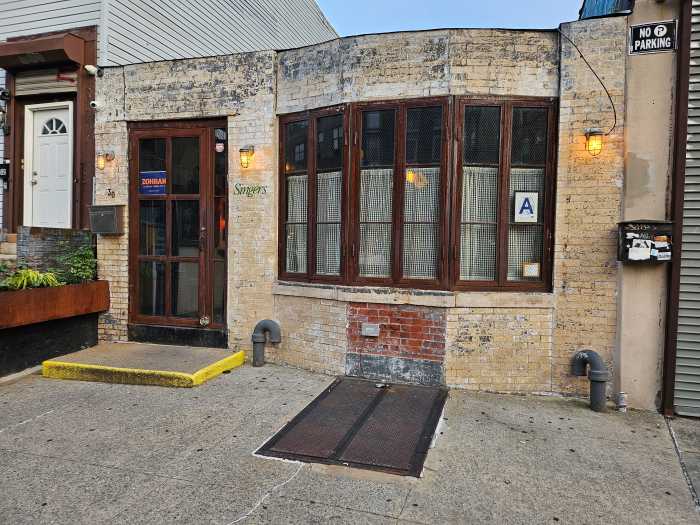The game of petanque is as old as France herself. But Americans often can’t understand a game that’s so, how you say, vague. It’s like a drunken game of horseshoes walked into a dive bar and hooked up with a game of shuffleboard — on the beach. In other words, the objet of this French national pastime is to throw balls down a long sand alley in hopes of getting them close to each other.
Let’s begin.
First of all, you need to form two teams with anywhere from one to four players on each side. Unlike bocce, you do not need a “court” or boundaries. Pétanque aficionados actually prefer rough and uneven surfaces to add variety and challenge to the game.
But some special equipment is necessary: a small wooden ball and six to eight larger metal balls called boules.
After you find some dirt, draw a circle to stand in and toss a coin to see which team throws first. With both feet planted in the circle, a player on the first team tosses the small target ball, the jack (or “le jack”), 20 to 30 feet. Then anyone from that team throws a boule in hopes of landing it as close to the jack as possible.
The second team tries to best the first team by getting it even closer. The team with the lousiest toss throws until they get a leading boule. The game gets good when one team uses their boules to knock the other teams’ boules out of the way.
This is a game where you want to be a boule buster.
The round is over when each player has tossed all his boules. Only the team with the boule closest the jack scores the points. The scoring team receives a point for each boule that is closer than the other team’s leading boule.
The winners start the new round, and the game carries on until a team reaches 13 points.
























